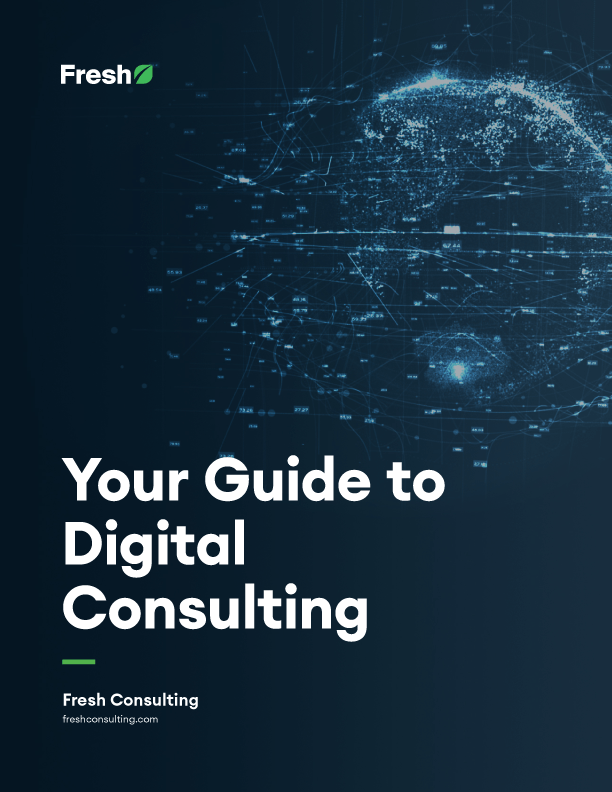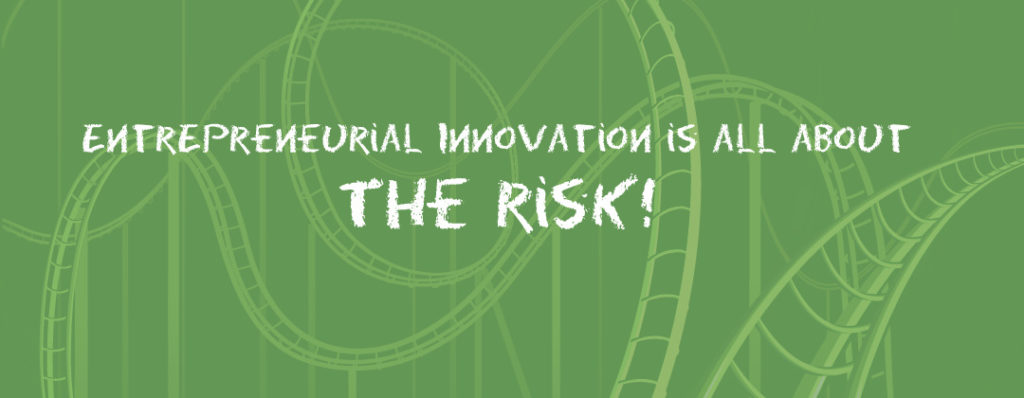Article
Continuous vs. Emergent: Two classes of Distinct Innovation

Continuous and Emergent innovation stem from the same basic innovation definition: something fresh or new that creates value, but there are numerous key differences. Continuous Innovation is synonymous with improvements, fresh iterations, progression, new enhancements, growth, incremental changes and efficiency whereas Emergent Innovation is synonymous with breakthroughs, disruption, radical ideas, paradigm-shifting results, raw novelty, and market creation.
This difference was highlighted in the book When Sparks Fly: Harnessing the Power of Group Creativity
“The innovation that results from creative processes can range from incremental (redesigned tools, derivative or follow-on products, new interaction modes with existing customers) to radical (new strategic direction, new market, reconfiguration of businesses). Thus we find creativity in small improvements that advance the organizational cause as well as in visionary leaps that reshape the future.”
Key differences between both types of innovation can be understood by evaluating attributes such as time invested, value, risk, capital, leadership, novelty, knowledge, nature of work, training, idea size, and results. This diagram sums up the typical differences explained further below:
Novelty: Emergent innovation requires something very novel, fresh, surprising whereas continuous innovation may be a new copied idea or a new iteration
Risk: Committing to continuous innovation requires less risk to create the next new improvement that creates value and growth. Committing to a radical or breakthrough idea requires more risk as ideas are not proven. This sort of innovation is often harder to introduce and push through large organizations. After all, no-one has done it before.
Value: The value achieved in continuous innovation can be significant. For example, top line or bottom line improvement of 10-20% can be a record breaking growth year. But breakthrough innovation is often categorized with doubling growth, tripling growth, and creating new markets … i.e the type of innovation VC’s hope to invest in for their 100x return.
Time: Continuous innovation requires less time. The fresh thinking or new idea is often iterations of what has been done before. There is a foundation to build upon, people are familiar/trained, and processes built. Emergent innovation often lacks the aforementioned and requires more time to assemble the resources, create the processes, and inspire the people in untrained areas.
Capital: Because more time and resources are often requires and the ideas are not yet proven, disruptive innovation can often require more capital than continuous innovation, where you have already have a foundation and proven market.
Leadership: A leader that is willing to carry more risk, commit more resources, and push through change in hostile environments must have vision, passion, and drive. On the other hand, a leader implementing the next fresh iteration does note require the aforementioned.
Knowledge: More background knowledge will be required for continuous innovation and less will be available and known for emergent innovation. Making new connections from information to create new knowledge is typical of emergent innovation.
Training: As a result of less information available for emergent innovation, less training is required but for continuous innovation, more training and expertise can help exploit any current inefficiencies and uncover new value
Nature of Work: emergent innovation requires more long term strategic vision to push forward bold big ideas whereas continuous innovation is often more operational in nature.
Results: Forecasted tangible results are more typical of continuous innovation whereas emergent innovation will have less tangible results, hence the risk, commitment, and leadership required
Idea Size: Externally recognized “Big ideas” are typical of emergent innovation and not so much for continuous innovation
This is not black and white…but the differences are classified to help understand the class of innovation pursuing. For example, you may use the illustration as a continuum and determine that what you are pursuing is mostly emergent innovation (see illustration at left below). Then you can plan accordingly as you consider risk, leadership, capital, time, value, knowledge, training, nature of work, and expected results.
Why is understanding the class important?
Planning: If you have an Emergent idea, you need to plan accordingly to make it successful and understand what’s ahead of you. To name a few barriers, cultural issues, communication barriers, hierarchies and power structures often prevent the best emergent ideas from sprouting into something fruitful.
Leadership Success: Do you have an aversion to risk and opt for investing ideas with more proven outcomes. Understanding what’s ahead of you relative to your leadership skills can help you understand what initiatives and innovative projects fit you best.
Feedback
What class of innovation are you pursuing right now? Is it continuous or emergent? Do you agree with the key differences brainstormed above? Am I missing any key differences?








